Contents
Guide
THE
Spicy
DEHYDRATOR
COOKBOOK
95 Incredible Recipes to Turn Up the Heat on Jerky, Hot Sauce, Fruit Leather and More
Michael Hultquist, Founder of Chili Pepper Madness

The author and publisher have provided this e-book to you for your personal use only. You may not make this e-book publicly available in any way. Copyright infringement is against the law. If you believe the copy of this e-book you are reading infringes on the authors copyright, please notify the publisher at: http://us.macmillanusa.com/piracy.
This book is dedicated to all the creative cooks in the world who found a passion for food and feel the need to keep on learning and exploring. We are kindred souls.
It is dedicated to all the bold and spicy food lovers who visit our blog at Chili Pepper Madnesswww.chilipeppermadness.com. We couldnt do what we do without your support. Truly, all of your comments and support mean so much to me.
And finally, to my wife, partner and best friend, Patty.
You are amazing beyond compare. You inspire me, always.

My passion for dehydrating was born from my passion for chili peppers. I never had much of a palate growing up, but as I grew older, I quickly realized I was a total chilihead. I found that I loved spicy foods, the spicier the better, and this took me straight into the wild world of hot sauces and chili peppers. I would snatch up hot sauces by the armload, and I started buying peppers by the bagful from wherever I could find them.
I took to cooking not long after I married, and I found myself incorporating peppers and other spicy elements into just about everything I made. After a while, I decided to share this particular passion by starting a food blog called Chili Pepper Madness. On the blog, I explore cooking with chili peppers of all types, as well as growing and preserving these wonderful peppers.
We started a garden on the side of our first home, and now we have a good-sized pepper patch around back of our current home. The garden grew until we were growing a dozen or more pepper varieties each year. We grew so many that I found myself preserving them any way I could. I froze them whole, cooked them down, froze sauces and purees, pickled and jarred them and turned them into jellies and jams. Then I purchased my first dehydrator.
Dehydrating is an ideal method for food preservation, a practice that goes back to ancient history.
My first dehydrator was a small model, a Nesco, perfect for home use, which I still use. I began by cleaning and slicing peppers into rings, dehydrating them overnight and using them dried in a variety of ways. I still do. I greatly enjoy using the whole dried pods by rehydrating them into hot sauces, crushing them and placing them into a dedicated grinder for dashing over foods, and grinding them down into powders so I can make my own spice blends. And now I not only use chili peppers, but also other fruits, vegetables and herbs. It is just something I truly love to do.
It didnt take long for my creative brain to reach out and ask the question, What else can I do with this wonderful machine? I had just begun to brew my own beer with my wife, and I always hated tossing out the spent grains after soaking them. It felt like such a waste, so rather than toss them out, I dehydrated them and used them for baking. Problem solved!
Next I turned to making jerky with different cuts of meat, experimenting with marinades and homemade rubs. I became a bit obsessed. I tossed all sorts of items into the dehydrator just to see what would happen.
I upgraded to a larger dehydrator, the Excalibur, and ever since Ive been dehydrating with an eye toward useful creativity as well as practical preservation. Some of my favorite things to do with my dehydrator include:
Making my own powders and seasoning blends.
Making jerky.
Making fruit and sauce leathers.
Dehydrating cooked meals, like risottos and curries.
Saving my spent grains!
Making infusions.
Making homemade snacks.
Prepping camping food ahead so we can eat well around the campfire.
If you take a peek at the table of contents, youll notice it closely mirrors the list above. So, basically, Ive taken all of my favorite things to do with a dehydrator and turned them into this very book. This book, for you, is my contribution to the huge world that awaits you once you purchase your first dehydrator.
Yes, in writing this book, I assume you already own a dehydrator and have used it a few times. Maybe youve read the manual. Maybe you even own a few other books, and youve experimented a little. Or maybe youve been using one for years and youre looking for new ways to enjoy it. My goal here is not to dwell on the basics of dehydrating, which can be found easily within the dehydrator manual, but to explore some creative ways to use your dehydrated foods and ingredients.
The thing is, dehydrating is a simple thing to do when you break it down. Thats part of the reason I love it. I like things to be easy. Nothing in this book is going to be hard to do. In fact, its fun. To me, its all very COOL. I love it. I hope you do, too.
Enjoy.

Dehydrated foods have been around a long time. Early people learned they could dry certain food staples in the sun to help sustain them through the harsh winters and periods of food scarcity, as well as through long journeys. Throughout history, dried foods have been a staple in exploration and essential to human survival.
Weve come a long way from the old days of sun drying, to a point where the act of dehydrating food is more scientific and certainly safer. Dehydrators allow us to dry foods with regular, controlled heat as well as continued air circulation to carry away the moisture, making dehydration much more effective. Gone are the days of variable sun temperatures and hopes for a breezy day.
Many of us dont equate drying foods at home with the art of survival. It isnt exactly why I personally dehydrate, though if there were a sudden zombie apocalypse, you might be further prepared than most with your cache of dehydrated foods.
Still, the benefits are clear. Dehydrating is one of the best methods to preserve foods.
The Benefits of Dehydrated Foods
Healthier
There is no need to treat your foods with chemicals that go into other packaging methods. Glance through the ingredients on most packaged goods at your local grocer, and youll see the long list of chemicals that ultimately go into your body. Dehydrated foods need none of that. Dried foods also retain a high degree of their nutritional value.
Long Lasting
Dehydrated foods last longer than other preserved foods. Most of the food youll be dehydrating at home can last easily in a cupboard for 6 months or longer, though if you prepare it properly, it can last for years.

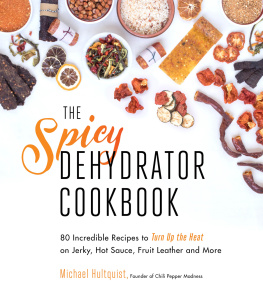
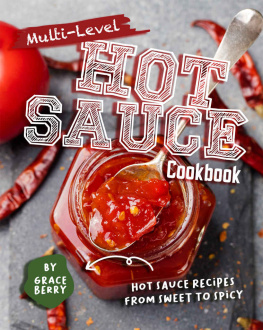

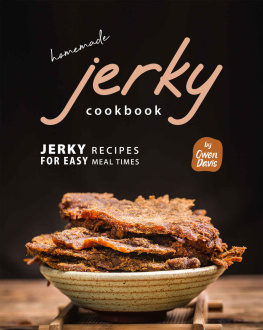

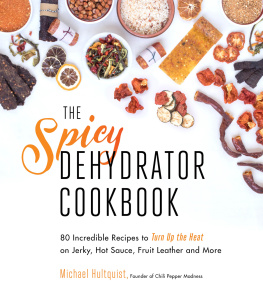
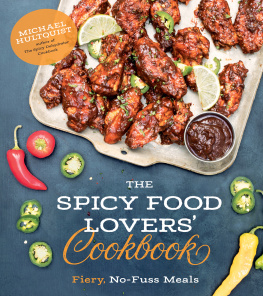
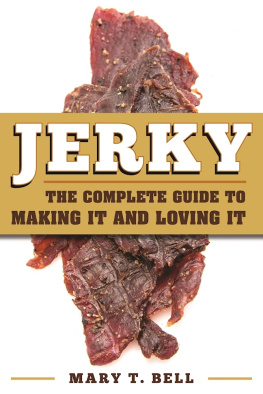
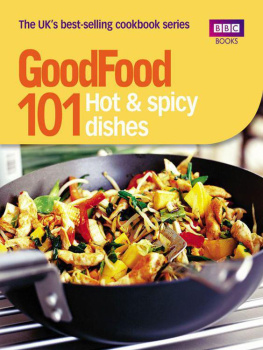
![Tammy - The ultimate dehydrator cookbook : [the complete guide to drying food, plus 398 recipes, including making jerky, fruit leather, and just-add-water meals]](/uploads/posts/book/102970/thumbs/tammy-the-ultimate-dehydrator-cookbook-the.jpg)
![Ferguson September - The ultimate dehydrator cookbook: [the complete guide to drying food, plus 398 recipes, including making jerkey, fruit leathers, and just-add-water meals]](/uploads/posts/book/85869/thumbs/ferguson-september-the-ultimate-dehydrator.jpg)



